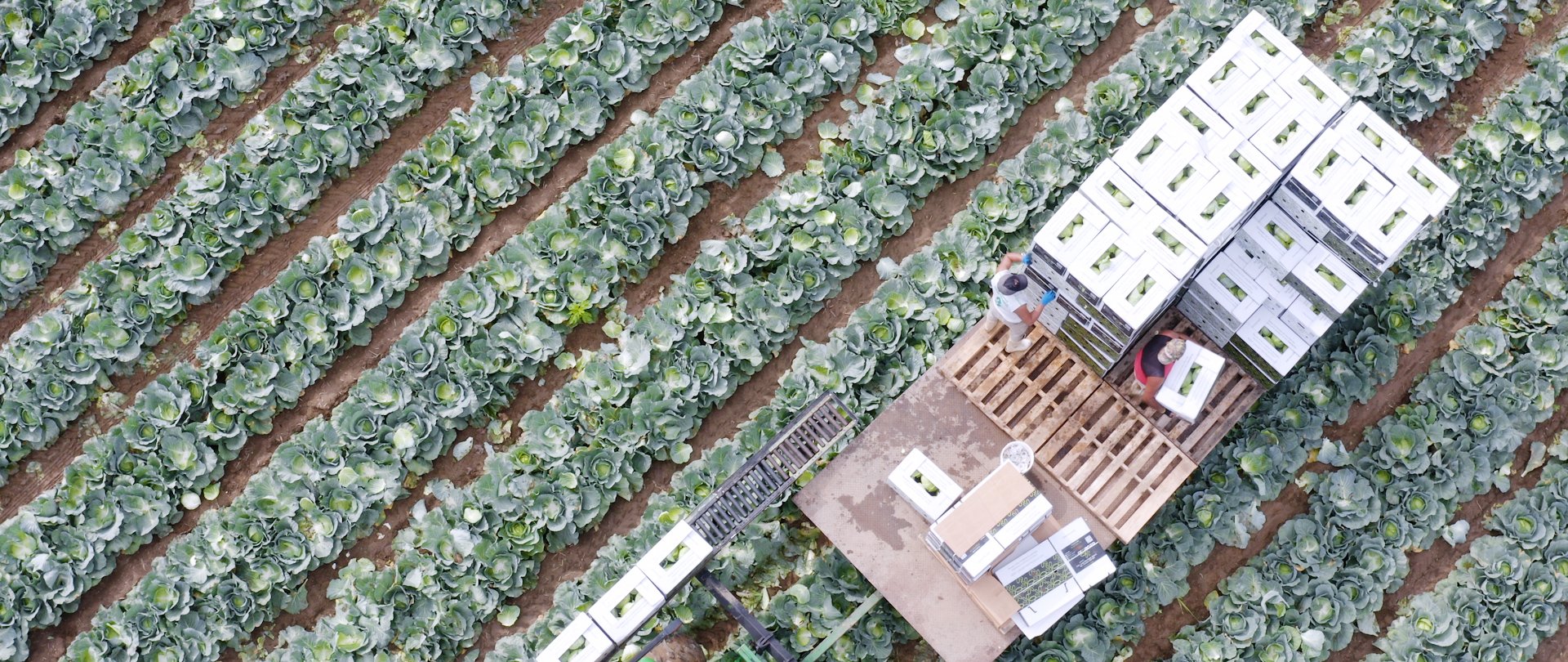The Profitability of Asian Vegetable Farming: A Specialty Crop Solution for Modern Agriculture
The landscape of U.S. agriculture has undergone a seismic shift over the past century. In the early 20th century, farming was characterized by labor-intensive practices across millions of small, diversified farms that supported over half of the population. Fast forward to 2024, and the number of farms has dwindled to 1.88 million—a sharp decline from the 6.8 million peak in 1935—while the average farm size has grown to 466 acres. Today, fewer than a fourth of Americans live in rural areas, and agricultural production is dominated by large, specialized operations. Yet, amid this consolidation, a promising opportunity emerges for farmers seeking profitability and sustainability: specialty crops, particularly Asian vegetable farming.
At Organzo.com, we believe that adapting to these evolving trends is key to thriving in modern agriculture. Data from recent agricultural reports highlights the potential of niche markets like Asian vegetable farming to boost farm incomes, diversify production, and meet growing consumer demand. Let’s explore why this specialty crop could be a game-changer for U.S. farmers.
The State of U.S. Agriculture: A Shift Toward Specialization
The decline in farm numbers and land in use—down to 876 million acres in 2024 from 900 million in 2017—reflects a broader trend of increased productivity and specialization. Technological advancements in genetics, equipment, and farm management have tripled agricultural output since 1948, even as inputs like land and labor have decreased. This productivity growth, driven by total factor productivity (TFP), has allowed fewer farms to produce more, with large-scale operations leading the charge.
In 2023, crop cash receipts totaled $267.4 billion, with corn and soybeans alone accounting for nearly half ($132 billion). On the animal side, cattle, poultry, and dairy dominated receipts at $249.6 billion. While these commodity crops and livestock remain the backbone of U.S. agriculture, they also highlight a challenge: oversaturation in traditional markets. For small and mid-sized farms, competing with large-scale producers in these sectors can be daunting, especially as net farm income is projected to dip by 7.8% in 2024 to $142.4 billion before rebounding to $180.1 billion in 2025.
This is where specialty crops like Asian vegetables come in. With gross cash farm income (GCFI) forecast to reach $609.4 billion in 2025, there’s room for innovative farmers to carve out profitable niches beyond the corn-soybean-cattle trifecta.
Why Asian Vegetable Farming?
Asian vegetables—think bok choy, daikon radish, napa cabbage, and specialty greens like mizuna—represent a high-value, low-acreage opportunity. Here’s why they’re a smart bet:
1. **Growing Demand**: The U.S. population is increasingly diverse, with Asian Americans being one of the fastest-growing demographic groups. This shift drives demand for authentic ingredients in home cooking, restaurants, and grocery stores. Specialty crops cater to this market, offering farmers a chance to tap into premium pricing.
2. **High Profit Margins**: Unlike commodity crops, Asian vegetables often fetch higher prices per unit due to their niche status and shorter supply chains. Small family farms, which make up 86% of U.S. farms, can grow these crops on limited acreage and still generate significant revenue. For example, a few acres of well-managed Asian greens can outpace the profitability of dozens of acres of corn.
3. **Sustainability and Efficiency**: Many Asian vegetables are fast-growing and adaptable, requiring less land and fewer inputs than traditional crops. This aligns with the trend of declining land use while maintaining output—a hallmark of modern agriculture’s productivity gains.
4. **Diversification**: With large-scale farms dominating commodity production (48% of production value despite being just 4% of farms), smaller operators need an edge. Specialty crops diversify income streams, reducing reliance on volatile commodity markets or off-farm income, which many small-scale farmers depend on.
The Numbers Back It Up
The data paints a clear picture of opportunity. While median farm household income ($97,984 in 2023) exceeds the U.S. average ($80,610), small farms often lean heavily on off-farm earnings. In contrast, large-scale farms rake in a median of $414,436, mostly from farming. Asian vegetable farming offers a middle ground: a scalable, profitable venture that doesn’t require vast acreage or massive capital investment.
Consider this: crop cash receipts are rising, and GCFI is set to climb 2.9% in 2025. Specialty crops can capitalize on this uptick, especially as production expenses are projected to drop by 2.9% in the same year. Lower costs and higher returns? That’s a recipe for success.
How Organzo.com Can Help
At Organzo.com, we’re committed to empowering farmers with the tools and knowledge to succeed in this specialty market. Whether you’re a small family farm looking to diversify or a mid-sized operation aiming to boost profitability, Asian vegetable farming could be your next big win. We offer resources on crop selection, market trends, and sustainable practices to help you get started.
The U.S. agricultural landscape may have shifted from small, diversified farms to large, specialized ones, but the future belongs to those who adapt. Asian vegetable farming isn’t just a niche—it’s a solution. By blending tradition with innovation, farmers can cultivate a profitable, resilient future, one harvest at a time.
Ready to explore this opportunity? Contact us for more insights and let’s grow together.

